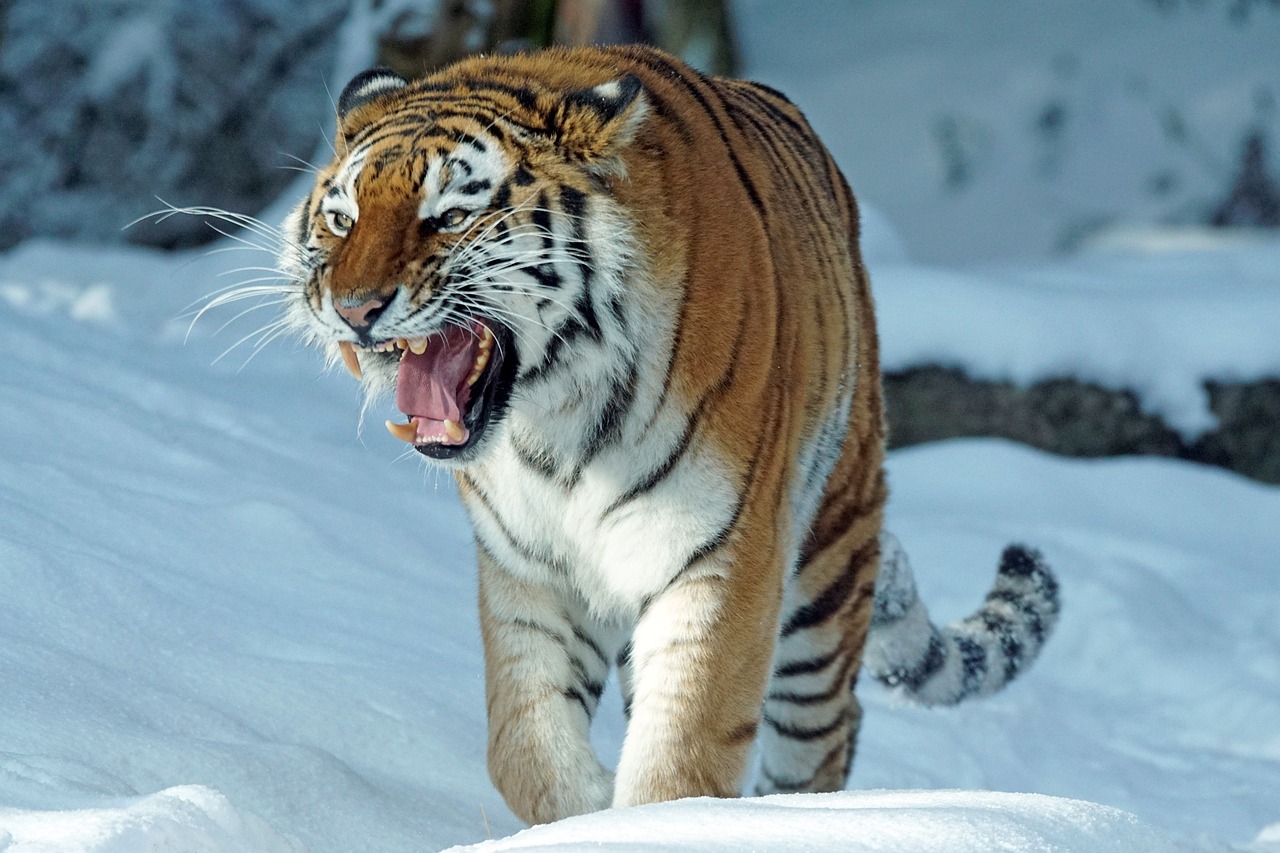The Terrifying Power of the Deadliest Big Cats: Unveiling Nature’s Apex Predators
Deadliest Big Cats: Top 5 Reasons Why Tigers Pose a Greater Threat Than Lions
When it comes to the animal kingdom, big cats have always fascinated and captivated us with their power, grace, and beauty. Among these majestic creatures, tigers and lions stand out as the most iconic and awe-inspiring. While both are
formidable predators, tigers have earned a reputation as the deadliest of all big cats. In this article, we will explore the top 5 reasons why tigers pose a greater threat than lions.
1. Size and Strength
Tigers are the largest of all big cats, with males weighing up to 660 pounds and measuring over 10 feet in length. In comparison, male lions typically weigh around 420 pounds and measure around 9 feet in length. This significant size advantage gives tigers a greater physical presence and strength, making them more capable of overpowering their prey.
Furthermore, tigers have a muscular build and powerful forelimbs, enabling them to bring down larger animals with ease. Their sheer strength allows them to take down prey such as deer, wild boars, and even young elephants. Lions, on the other hand, rely more on their cooperative hunting strategies and teamwork to bring down larger prey.
2. Stealth and Agility
Tigers are known for their stealth and agility, which make them highly effective hunters. Their striped coat provides excellent camouflage in the dense vegetation of their natural habitats, allowing them to blend seamlessly into their surroundings. This camouflage, combined with their ability to move silently, gives tigers a distinct advantage when stalking their prey.
Unlike lions, which often rely on open savannahs for hunting, tigers are adapted to a variety of habitats, including dense forests and grasslands. This adaptability, coupled with their agility, enables tigers to navigate through challenging terrains and ambush their prey with precision.
3. Hunting Techniques
Deadliest Big Cats: Tigers employ a variety of hunting techniques, depending on their prey and the environment. One of their most effective strategies is the “stalk and ambush” technique. Tigers patiently stalk their prey, using their stealth and camouflage to get as close as possible before launching a surprise attack. This technique allows them to get within striking distance without alerting their prey.
Another hunting technique employed by tigers is the “leap and pounce.” Tigers can cover a distance of up to 30 feet in a single leap, allowing them to quickly close the gap between themselves and their prey. This explosive burst of speed and power gives tigers a significant advantage during the critical moment of the attack.
4. Solitary Nature
Tigers are solitary animals, spending most of their lives alone. This solitary nature makes them more self-reliant and independent compared to lions, which live in prides. As solitary hunters, tigers have developed a higher level of individual skill and adaptability, allowing them to survive and thrive in diverse environments.
Unlike lions, which rely on the strength of the pride and cooperative hunting, tigers must rely solely on their own abilities. This self-sufficiency makes tigers more formidable predators, as they have honed their hunting skills through countless generations of solitary existence.
5. Higher Kill Rate
Deadliest Big Cats: Studies have shown that tigers have a higher kill rate compared to lions. A study conducted in India’s Nagarahole National Park found that tigers had a success rate of 25% in their hunts, while lions had a success rate of only 17%. This higher kill rate can be attributed to the factors mentioned earlier, such as size, strength, stealth, and hunting techniques.
Tigers’ ability to bring down larger prey and their higher success rate in hunts make them more efficient and deadly predators. This efficiency is crucial for their survival, as tigers require a substantial amount of food to sustain their large size and energy requirements.
Summary
Deadliest Big Cats: Tigers, with their size, strength, stealth, agility, hunting techniques, solitary nature, and higher kill rate, pose a greater threat than lions. Their physical attributes and hunting prowess make them formidable predators in their natural habitats. Understanding the unique characteristics and abilities of tigers helps us appreciate their role as one of the deadliest big cats on the planet.
Discover the Untamed Beauty of Big Cats: Explore the Enchanting Stories of Big Cat Rescue





